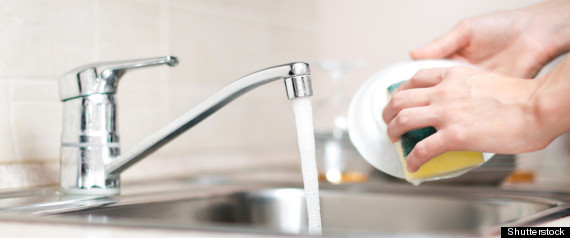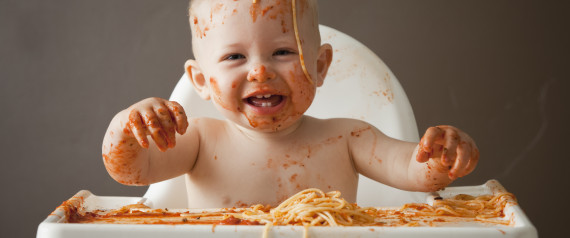
Danish pharmaceutical group Lundbeck said on Monday that it hopes to launch a new Alzheimer’s medicine in 2017 in what would be the first new drug for the condition in more than a decade.
Dementia – of which Alzheimer’s disease is the most common form – already affects 44 million people worldwide and is set to reach 135 million by 2050, according to non-profit campaign group Alzheimer’s Disease International.
There is currently no treatment that can cure the disease or slow its progression, but Lundbeck’s new drug – known as Lu AE58054 – is designed to alleviate some of the symptoms and improve cognitive function.
As such, it would build on treatments currently on the market rather than competing with more ambitious projects under way at large drug companies, which aim to modify the biology of the disease.
“If the studies that we are currently running end well, then we wi
ll probably be the first company to launch a new Alzheimer’s drug in 10 to 15 years,” Lundbeck Chief Scientific Officer Anders Gersel Pedersen told Reuters.
The Danish company, together with its Japanese partner Otsuka, is currently testing its experimental Alzheimer’s drug in 3,000 patients in four final-stage Phase III clinical studies.

Pedersen said he expected the drug to have annual worldwide sales of considerably more than $1 billion, if it is approved.
“There is a huge market for this kind of medicine, until the day you cure the disease,” Pedersen said.
It is more than a decade since the last drug, Ebixa, also from Lundbeck, was approved to treat Alzheimer’s.
Although there is still no treatment that can effectively modify the disease or slow its progression, a number of companies – including Eli Lilly, Merck & Co, Roche and Johnson & Johnson – are pursuing a variety of approaches to get to the root of the memory-robbing disorder.
Health ministers from the Group of Eight countries last week set a goal of finding a cure or a disease-modifying therapy by 2025 – a target that is seen as ambitious given that scientists are still struggling to understand the fundamental biology of Alzheimer’s. (Editing by Simon Johnson and David Goodman)
Source: US web daily










